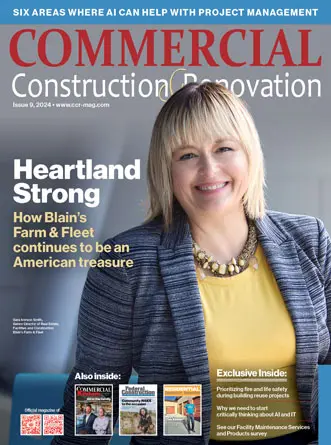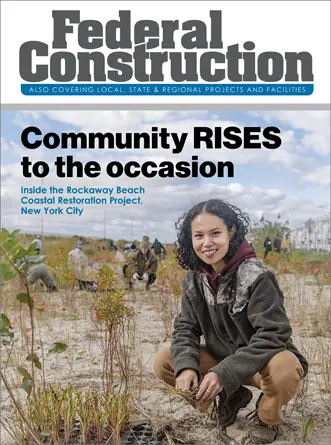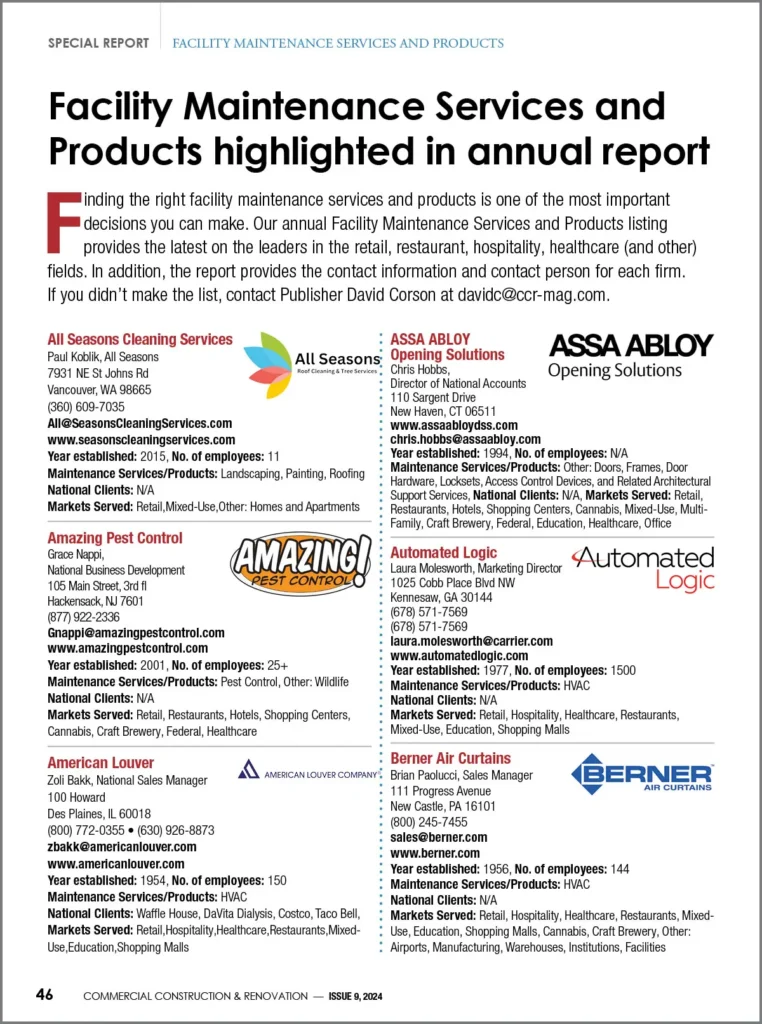The healthcare sector is at a critical juncture when it comes to attracting and retaining quality talent that is vital to providing patient care. Nearly a quarter of healthcare employees are considering leaving their jobs in the next 12 months, with 10% planning to leave the industry altogether, according to JLL’s first ever Employee Perspective on Healthcare Real Estate survey. The report, which analyses the responses from more than 1,000 healthcare employees, explores how healthcare employers can improve employee attraction, experience and retention.
“Humans rely on healthcare at their most vulnerable moments, and the people who provide that care are essential. At its core, healthcare is humans taking care of humans,” said Cheryl Carron, Chief Operating Officer, JLL Work Dynamics Americas. “While pay and benefits remain top priorities, in today’s competitive labor market, employers need to look beyond compensation and recognize how the physical workplace plays a crucial role in employee experience and can significantly impact employee satisfaction.”
Over 40% of respondents placed location/proximity in their top three criteria for choosing a position, making it a significant factor in evaluating employee attraction; however, clinicians ranked the specific role in their top three factors over location more often than those in operational positions. This is not surprising considering physicians, advanced practitioners and nurses are more specialized in their career.
The survey also revealed generational differences in workplace priorities. Gen Z (31%), which has more entry-level workers, placed higher importance on workplace culture, while 15% of Baby Boomers chose flexibility as their top factor in choosing a position. The specific role was of higher importance to Gen X and Baby Boomers, with 45% and 46% placing it in their top three criteria, respectively. One-third of millennials chose pay/benefits as their top factor compared to 22% of Gen X and 21% of baby boomers.
“We’re seeing a clear shift in priorities across generations,” said Kari Beets, Sr. Manager, Healthcare Research, JLL. “Healthcare organizations need to take a nuanced approach to workplace strategy to meet the diverse needs of their multigenerational workforce.”
The research also shows the importance of location factors, including proximity to affordable housing, shopping and restaurants; safety; and convenience. For employees considering leaving their roles, 22% said that their jobs were far from affordable housing, likely contributing to their desire to leave.
“If you can’t move your location, explore how to change your location,” Jay Johnson, U.S. Practice Leader, Healthcare Markets, JLL. “By making improvements that speak to the concerns that lead to attrition, healthcare organizations can improve employee experience and satisfaction.”
Addressing safety head on by adding lighting and increasing security patrols can make a location safer, and healthcare providers who also own facilities can attract restaurants and shopping nearby. Additionally, health systems can join with state and local programs to kickstart affordable and workforce housing developments or partner with private developers themselves.
Highlighting the critical role of workplace environment in healthcare employee experience and retention, employees planning to stay in their current positions were significantly more likely to report that their workplace enabled them to work productively (93%), provides technology to help with efficiency (90%), care for patients effectively (88%) and supported their overall well-being (87%). Participants reported satisfaction gaps around sound privacy and workspace maintenance – both in patient care spaces and employee break rooms and offices.
“There are numerous ways they can improve the employee experience through thoughtful workplace design and amenities,” said Andrew Quirk, Institutional Industries Lead, Project and Development Services, JLL. “Providing well-maintained spaces for rest and recharging like breakrooms and outdoor areas with green space can have a significant positive impact. Just as important as creating and maintaining them is ensuring these spaces are accessible to all employees.”
The survey included responses from more than 1,000 full- or part-time employees at a healthcare company in the United States.
JLL Healthcare provides a full range of real estate and facilities solutions for hospitals, physicians and other care providers as well as real estate investors that own and operate medical and seniors housing properties. The company helps its healthcare clients plan, find, finance, buy, lease, sell, construct, optimize, manage and maintain the most-advantageous facilities anywhere in the U.S. for all property types along the continuum of care, serving over 550 million square feet of healthcare property annually. Its professionals have deep technical expertise and market knowledge and are armed with the most innovative, data-driven analytics and business intelligence in the industry. Visit us.jll.com/healthcare to learn more.
For more news, videos and research resources on JLL, please visit JLL’s newsroom.
About JLL
For over 200 years, JLL (NYSE: JLL), a leading global commercial real estate and investment management company, has helped clients buy, build, occupy, manage and invest in a variety of commercial, industrial, hotel, residential and retail properties. A Fortune 500® company with annual revenue of $20.8 billion and operations in over 80 countries around the world, our more than 110,000 employees bring the power of a global platform combined with local expertise. Driven by our purpose to shape the future of real estate for a better world, we help our clients, people and communities SEE A BRIGHTER WAYSM. JLL is the brand name, and a registered trademark, of Jones Lang LaSalle Incorporated. For further information, visit jll.com.








 The 2024 virtual Men’s Round Table will be held Q4, 2024, date TBD.
The 2024 virtual Men’s Round Table will be held Q4, 2024, date TBD.













